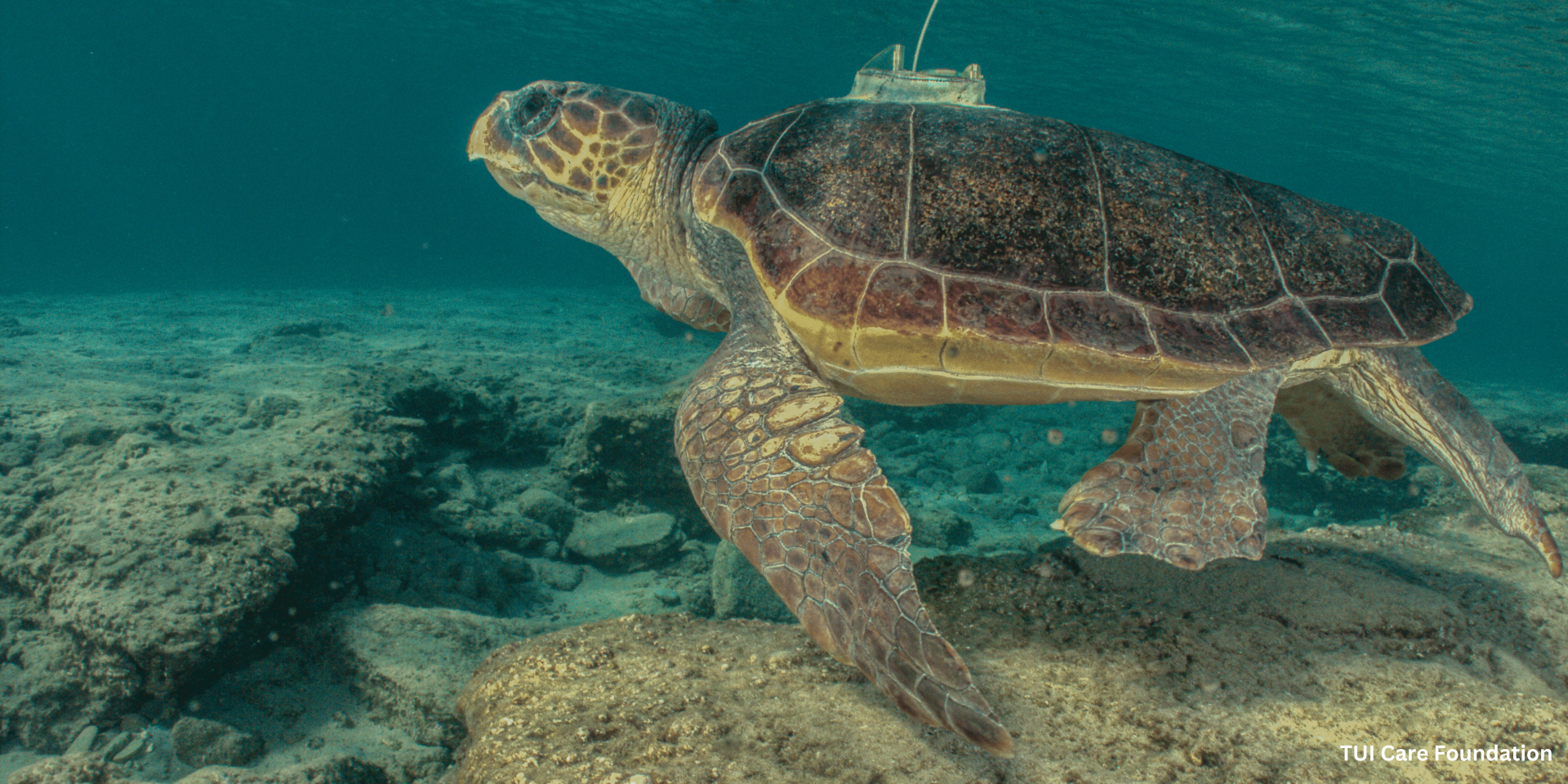Satellite tags of ARCHELON for the protection of sea turtles

Executive Summary
From time to time, new technologies emerge that can play an important role in the study and protection of nature and endangered species. One of these is telemetry, i.e. the automatic measurement and wireless transmission of data from remote sources. The advantage of telemetry is that it provides information through the “eyes” of the animals themselves like data about their movements and their preferences in habitats, avoiding the limitations of typical research designs.
Satellite transmitters are small, waterproof devices that are usually attached to the turtle’s shell with a special adhesive. Each time the turtle rises to the surface to breathe, a “switch” activates the long-lasting battery and the transmitter sends a signal to one of Argos satellites orbiting the earth. This signal is then transmitted to ARCHELON’s computers, indicating the turtle’s location and, in a short time, a map is created showing the turtle’s entire path. In 2-3 years, when the battery has been exhausted, the transmitter detaches from the turtle’s shell.
The results so far have led to important conclusions regarding the migrations and ecology of the Loggerhead in Greece, with the ultimate goal of its more substantial protection at a Mediterranean level. Some of these conclusions are:
Important feeding areas for turtles that lay eggs in Zakynthos and Kyparissia Bay are the Adriatic Sea and the Gulf of Gabès in Tunisia.
The turtles of Rethymno, between successive nestings, can move up to 150 km. from the initial nesting beach, and possibly lay eggs on another beach.
The turtles of Rethymno, after their breeding season, migrate to the Gulf of Gabès (Tunisia) and the Aegean Sea, but not to the Adriatic (like the turtles of Zakynthos and Kyparissia).
The turtle “Regina” in 2013 made the largest migration ever recorded in Greece, from Messolonghi to Ibiza, Spain!
Turtles do not necessarily “settle” in a specific feeding area, as we thought, but can also live in the open sea, feeding on pelagic organisms!
The average nesting frequency (i.e. the number of nests that each turtle makes during the nesting season) is higher than we assumed!
At the 9th Our Ocean Conference in April 2024, Greece committed to installing 200 new satellite transmitters to monitor sea turtles.